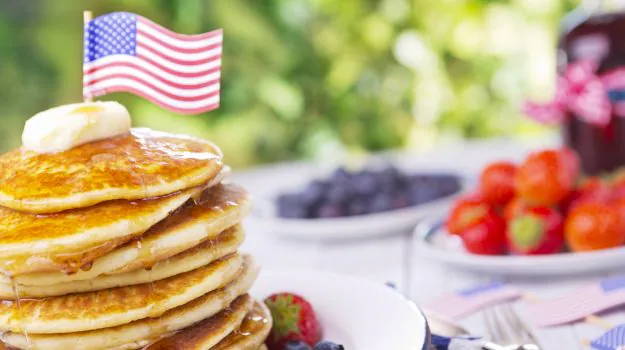Mastering the Art of Knives: A Guide for Beginners
When it comes to cooking, the right tools can make all the difference, and one tool that stands out as a cornerstone of every kitchen is the knife. From slicing and dicing to chopping and mincing, a good knife is an indispensable companion for any home chef. In the world of cutlery, some of the best hand forged knives are revered for their craftsmanship, durability, and unparalleled performance. Whether you’re a novice cook or an aspiring culinary artist, mastering the art of knives is a skill that will elevate your cooking to new heights.
Why Choose Hand Forged Knives?
Before delving into the intricacies of knife skills, it’s essential to understand why hand forged knives, in particular, are considered some of the best in the business. Hand forged knives are crafted by skilled artisans who heat, shape, and temper the blades manually. This painstaking process results in knives that are not only incredibly sharp but also possess a unique character and quality that machine-made knives often lack.
Exceptional Sharpness
Hand forged knives are renowned for their razor-sharp edges. The meticulous craftsmanship ensures that the blade is honed to perfection, allowing for precise cuts and minimal effort.
Durability
These knives are built to last. The forging process creates a dense, resilient blade that can withstand years of use without losing its edge or structural integrity.
Artistry
Each hand forged knife is a work of art. The artisan’s skill and attention to detail are evident in the knife’s design, making it not only a tool but also a piece of functional art for your kitchen.
Unique Patterns
Many hand forged knives feature distinctive patterns on the blade, a result of the forging process. This adds to their aesthetic appeal and sets them apart from mass-produced knives.
Knife Types for Beginners
As a beginner, it’s essential to start with a few basic knife types that will cover most of your cooking needs:
Chef’s Knife
The versatile chef’s knife is your go-to tool for chopping, slicing, and dicing. Its broad, sharp blade makes it ideal for a wide range of kitchen tasks.
Paring Knife
This small, nimble knife is perfect for precision work, such as peeling, trimming, and intricate cuts.
Utility Knife
Slightly smaller than a chef’s knife, a utility knife is excellent for tasks that require a bit more control, like slicing sandwiches or small fruits and vegetables.
Bread Knife
With its serrated edge, a bread knife is designed for effortlessly slicing through bread without squishing it.
Knife Skills for Beginners
Once you’ve chosen your best hand forged knives, it’s time to develop your knife skills:
Grip
Hold the knife firmly but not too tightly. Place your thumb and index finger on the blade’s spine and wrap the remaining fingers around the handle.
Chopping Technique
For chopping, use a rocking motion with the tip of the knife anchored on the cutting board. Keep your fingers tucked in to avoid accidents.
Slicing
When slicing, use a smooth, even motion, and let the knife do the work. Keep your fingers tucked behind the blade to prevent cuts.
Honing and Sharpening
Regularly hone your knife using a honing rod to maintain its edge. Sharpen it as needed, either with a whetstone or by a professional.
Safety
Always use a stable cutting surface, keep your knives sharp (dull knives are more dangerous), and concentrate on your task to avoid accidents.
Proper Storage
Store your knives in a knife block, magnetic strip, or blade guards to protect both the blades and your hands.
Conclusion
Mastering the art of knives is a rewarding journey that enhances your culinary prowess and elevates your kitchen experience. Choosing the best hand forged knives is a step in the right direction, as their exceptional craftsmanship and quality will make your learning process more enjoyable.
Remember that practice makes perfect, so keep honing your skills, and soon, you’ll be wielding your knives with confidence and precision, creating delectable dishes that showcase your newfound expertise. Happy cooking!







